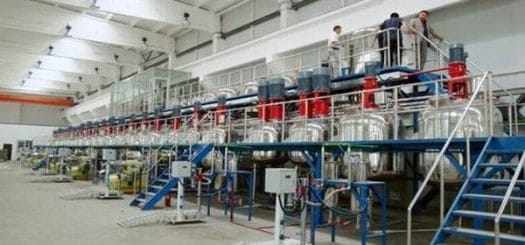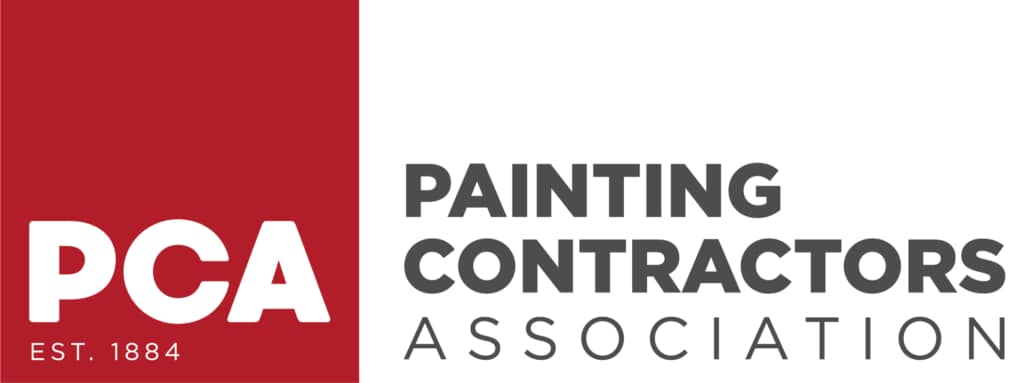Paint Manufacturing
Understanding paint manufacturing can assist customers with an informed insight into the quality of paints. Sophisticated homeowners sometimes seek customized paints. Given the virtually endless variations of the color palette, the manufacturer can create just about any shade you like.
Ingredients used
Upon receiving your customized requirement, the manufacturer will select an appropriate pigment base. Raw materials used in production also depend on whether you want a pastel tone or a deeper shade. Pastels are more white-based, meaning that they consist of high amounts in titanium dioxide.
The raw materials used in the manufacturing process include solvents, resins, different types of additives, and of course the pigments. Pigments can be both natural and synthetic. Apart from the white titanium dioxide, pigments include the black carbon for black, cadmium sulfide or iron oxide for red, varied metallic salts for the oranges and yellows, iron blues for blues, and chromes for yellows.
Natural resins used include coconut oil, soy bean oil, and linseed oil. Solvents are either aromatic solvents or petroleum mineral spirits. Additives are diverse.
The manufacturing process
- Making the first paste: Powdered pigments are made into a paste by adding resins, solvents, and required additives.
- The dispersion process: Dispersion is necessary for uniform distribution of the micropigments into the solvent. Efficient dispersion ensures full utilization of the pigments in the final film. Otherwise, the pigment particles aggregate or clump together. For example, a clump of Titanium dioxide (0.22 microns) can consist of 5,000,000 primary particles!
Sand filter based machines spin the paint with sand or silica to grind them at a granular level. Then, the sand is out-filtered.
However, acrylic paint manufacturers do not use sand-filters. Instead, a high-speed dispersion tank is used. A circular, toothed, rotating shaft blends the pigment into a solvent.
- Paste thinning: The paste is passed into large kettles where they are mixed and agitated with the right kind of solvent, depending on the type of paint.
- Canning: This automated process is the final stage. Specialized machines pump the paint into cans, set the lid, seal it, and pack it in boxes to be transported to the warehouse.
The paint market is very diverse with an astounding range of paints. A glance at any swatch sheet clearly reveals the diversity. Different types of additives are used at different stages of the process.
Finally, the quality control department at the production unit checks batches of finished paint for fineness, density, viscosity, dispersion, texture, rate of drying, and bleed resistance.





